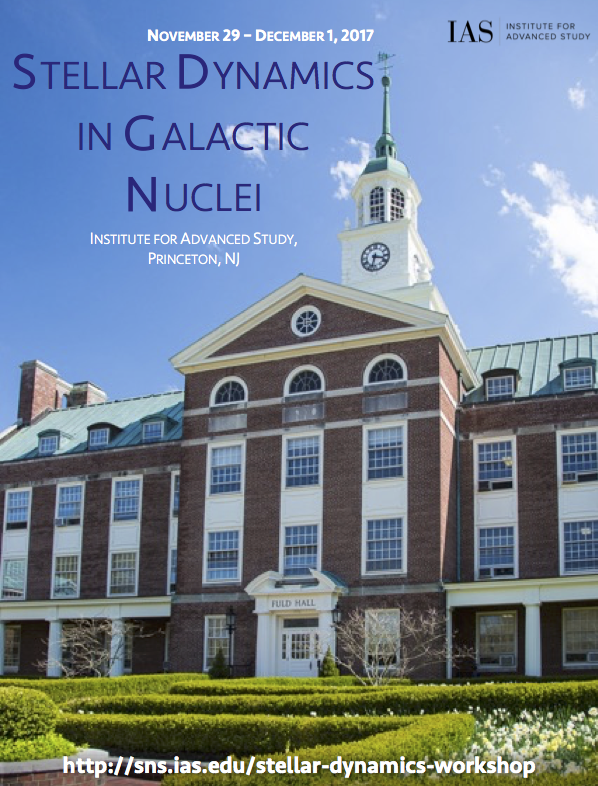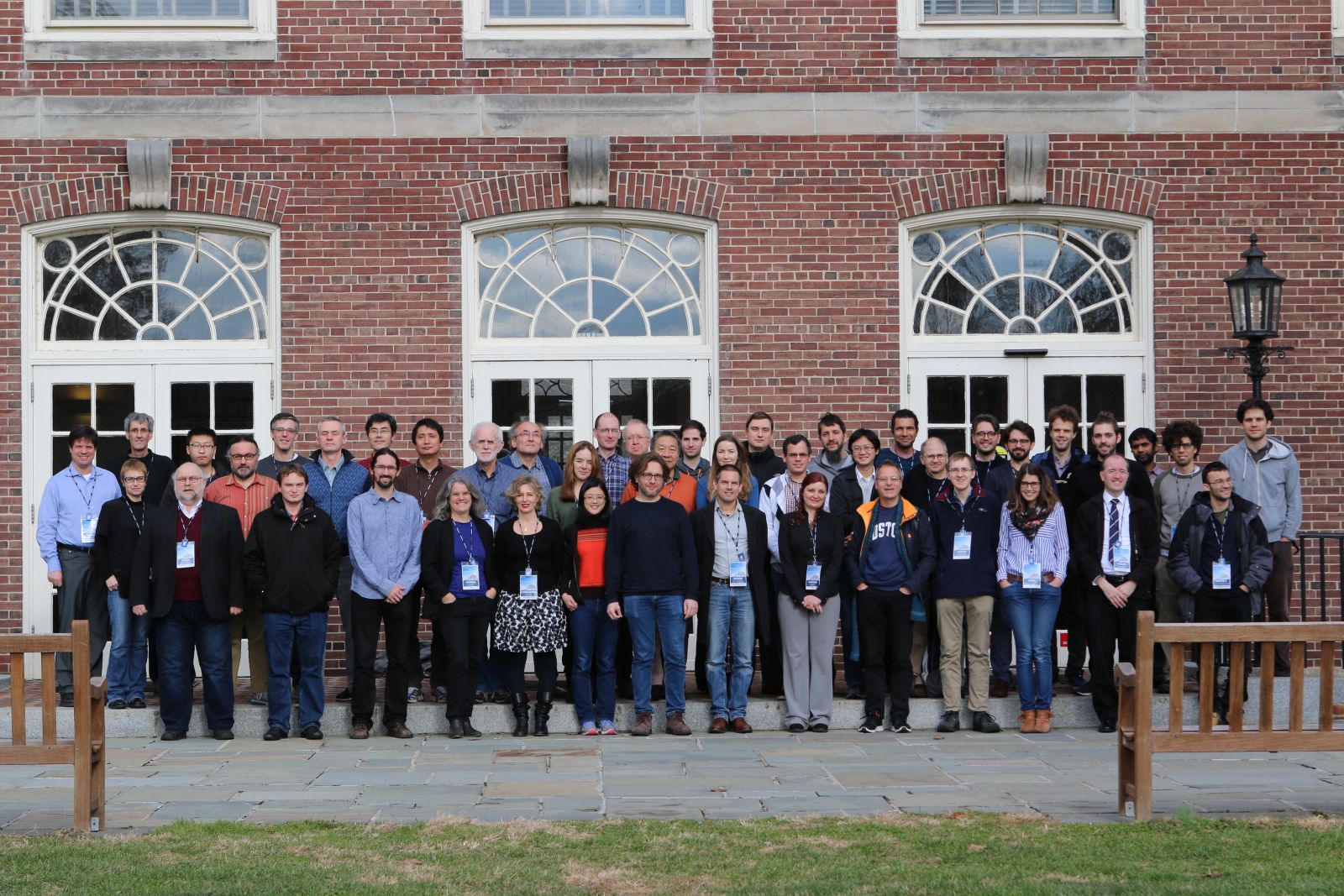Stellar Dynamics in Galactic Nuclei

Scientific rationale
| Galactic nuclei are the densest stellar systems, containing millions of stars per cubic parsec. They provide exquisite astrophysical laboratories to study in detail the interactions between a massive black hole and the surrounding stars. Understanding the dynamics of galactic nuclei is also relevant to a number of related astrophysical problems, including the expected gravitational-wave signals from mergers of supermassive black holes, active galactic nuclei, tidal disruption events, and the role of feedback in galaxy formation. A rich set of novel dynamical concepts relevant to galactic nuclei has been developed over the last several decades. These include resonant relaxation, the Schwarzschild barrier, the Bahcall-Wolf cusp, hypervelocity stars, loss cones, the final parsec problem, etc. Testing these concepts by numerical simulations is challenging because of the wide range of time scales and length scales involved---in the nucleus of the Milky Way, for example, the orbital times range from a few hours close to the black hole to tens of thousands of years at one parsec. The goal of this workshop is to bring together theorists, simulators and observers working on dynamics of galactic nuclei. |
SOC: Ben Bar-Or, Jean-Baptiste Fouvry, Adrian Hamers, Scott Tremaine
